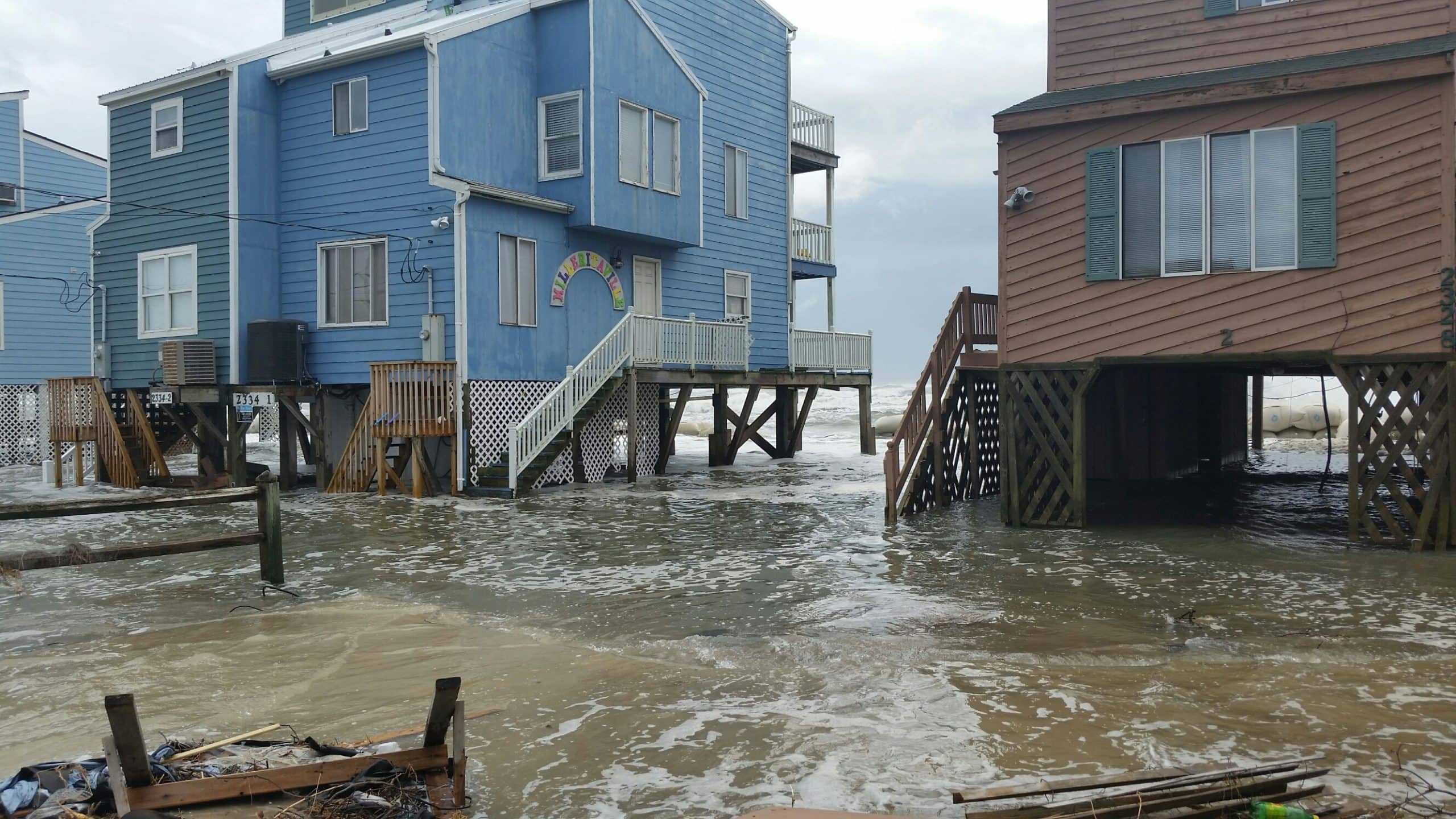When your home, business, and community is impacted by a flood, it’s too late to plan or prepare for the worst-case scenario; you’re already wading through it—literally and figuratively.
Floods are some of the deadliest and most costly natural disasters experienced here in the United States. But you don’t have to feel helpless when floodwaters come. There are ways to prepare for these disasters before they strike.
Flood Mitigation Services
Flood mitigation services fall into two general categories: structural and non-structural mitigation. We’ll explain the two and the steps you can take to prevent your properties and homes from being damaged by flooding, followed up with resources and services you can trust to help you do that.
Structural Flood Mitigation
As a property owner, there is little you can do personally to influence structural flood mitigation. Structural mitigation works to prevent or decrease damage by reconstructing landscapes. This includes construction of floodwalls and seawalls, floodgates, and levees, as well as designating evacuation routes for those in flood prone areas. Structural flood mitigation is the responsibility of the governing body of your community or state, but you aren’t helpless when it comes to flood mitigation practices.
Non-Structural Flood Mitigation
Unlike with structural flood mitigation, you have complete control over non-structural flood mitigation practices. Non-structural mitigation reduces damage by altering properties and buildings so they are better protected against high water, and as a homeowner, it’s your responsibility. The time to protect your home from flooding is now, while you still have a chance to prepare.
How to Mitigate Flood Risk
Purchase flood insurance
According to FEMA, about 25 percent of all flood insurance claims come from areas with a low or moderate flood risk. And most homeowner’s insurance does not cover flood damage. What does this mean for you? You need flood insurance! It’s one of the best ways to ensure that even if floods ravage your home, you aren’t left with paying the bills out of pocket.
Elevate structures
If your home is built in a flood zone—or even just a low-lying area—all it takes is one heavy rain and a few inches of water to ruin the place where you’re supposed to feel most safe. Contracting with a house lifter is a fantastic way to not only give yourself peace of mind when the rains pour, but it’s also a great way to add value to your home. Lifting your home, whether it’s just six inches or many feet off the ground, offers extra protection that sandbags just won’t provide during a flood event.
Relocate your home
Relocating your home sounds like a drastic step just to avoid a potential flood. But in reality, it’s less expensive and less of a headache than buying a new home entirely. Structural movers are specifically trained to move your home from point A to point B, wherever that might be. If your property floods often, if you’ve already had to make repairs on your home because of flood water damage, or if you simply want to take preemptive steps to protect your home and yourself from a flood, moving your home is a great option.
Maintain your property
Keeping your home and property in good repair is one of the easiest ways to prevent water damage, especially during heavy rains and floods. By doing simple things like clearing your gutters and repairing sidewalks and driveways, you’re helping water to run off from your home, not pool around (and in) it.
Install check valves
Though a major flood won’t be stopped by small measures like this, installing check valves in your home will protect you from flooding of a lower intensity. These types of valves prevent water from backing up into the drains of your home when the ground becomes too saturated for the water to flow away from your house.
Additional Resources
You can never be over prepared when it comes to flood mitigation and protecting the things you hold dear. FEMA has done a great job of providing resources to help you mitigate flood risks and know how to navigate a flood emergency should one occur. Below are some of their resources that you can utilize to help you, individually and as part of a community, prepare for flooding and prevent damage resulting from floodwaters.
FEMA’s Hazard Mitigation Grant Program
The goal of FEMA’s Hazard Mitigation Grant Program is to empower individuals and communities to implement hazard mitigation by connecting them with the resources they need to do so.
FEMA’s National Flood Insurance Program Community Rating System
The Community Rating System is a voluntary program that incentivizes communities who work together to mitigate flood risks. FEMA reduces flood insurance premiums to reflect the decreased risk of floods resulting from the community’s actions.
FEMA’s Emergency Communications Plan
Sometimes, you can make every effort to protect your home from flooding, but the waters still rise. In this case, you want to have an emergency plan. FEMA has compiled a step-by-step guide to help you create an emergency flooding plan.
Conclusion
Although there’s nothing you can do to change the weather, there are steps you can take to mitigate flood risks and prevent damage from occurring. Take advantage of the resources available and implement our mitigation strategies to keep your home—and your family—safe during a flood.

